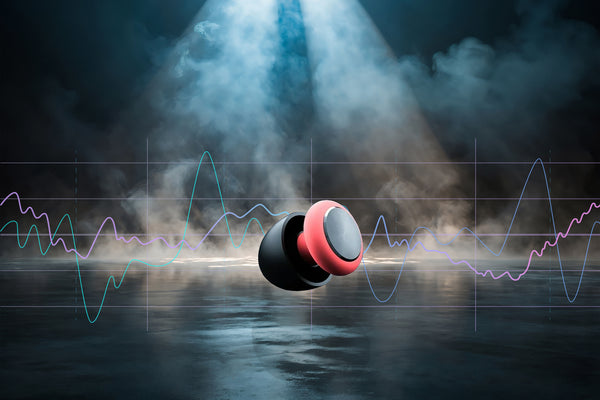Why You Shouldn’t Wait for Hearing Damage to Start Using Earplugs
It seems silly to say it, but it’s true. Most people don’t think about protecting their hearing until something goes wrong - ringing ears after a concert, sensitivity after a long motorcycle ride, or difficulty catching words in a conversation.
But here’s the hard truth: by the time you notice it, the damage is already done.
Unlike a bruise or a scratch, hearing loss doesn’t heal. It builds gradually from exposure to loud environments. And once it's gone, it’s gone for good.
The Illusion of “No Problem”
You might think:
- “It’s just one show.”
- “I’m only in the shop for a couple hours.”
- “It didn’t bother me last time.”
But sound damage is cumulative. Every exposure chips away at your high-frequency hearing, bit by bit. You adapt to it - turn the volume up, ask people to repeat themselves - but you can’t undo it.
The First Signs Are Easy to Miss
Most people only realize they’ve lost clarity when it’s already affected their quality of life:
- You stop hearing the shimmer of cymbals in music
- You struggle to follow conversations in noisy rooms
- You experience persistent ringing or dullness in one or both ears
At that point, earplugs won’t fix it. They can only stop it from getting worse.
Prevention > Treatment
The best solution is early action - and that’s exactly where Spares High-Fidelity Earplugs come in.
Unlike cheap plugs that muffle everything, Spares:
- Filter the most dangerous frequencies (1,000–8,000 Hz)
- Deliver a 30 dB average reduction in harmful sound
- Maintain clarity of speech and music
- Fit discreetly and comfortably for daily use
You don’t have to give up live music, riding, power tools, or city life. You just need to be proactive.
Start Before It Starts
Think of Spares like sunglasses for your ears - something you wear before the damage happens.
Protecting your hearing isn’t just smart. It’s essential.
Don’t wait for the ringing. Don’t wait for the loss. Grab Your Spares.

